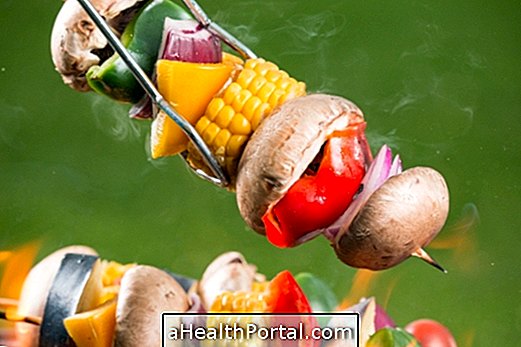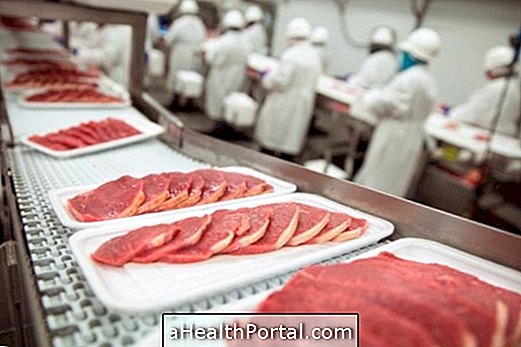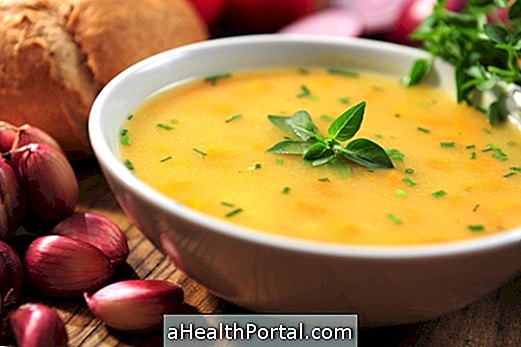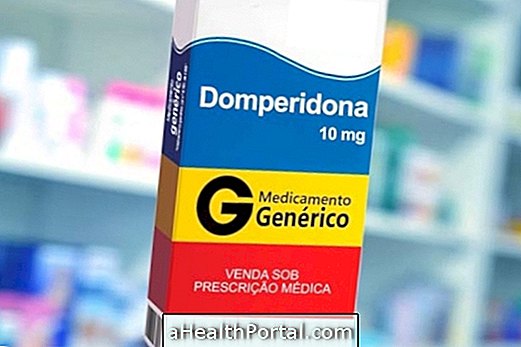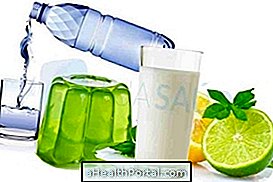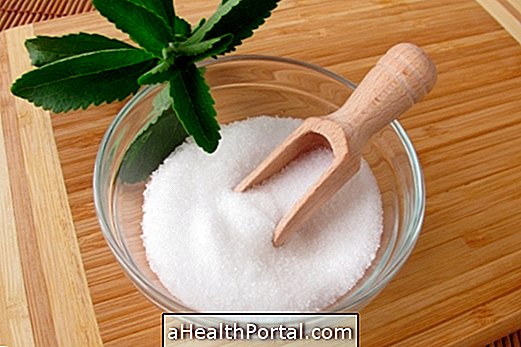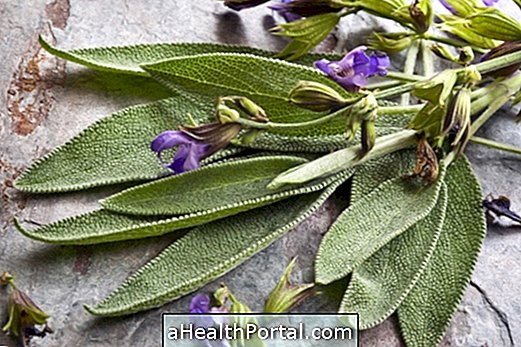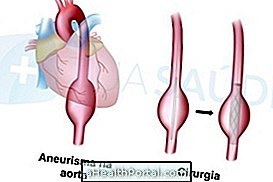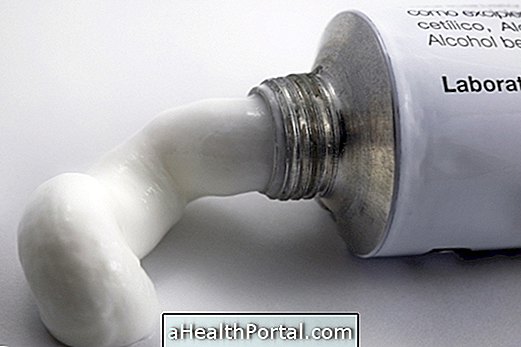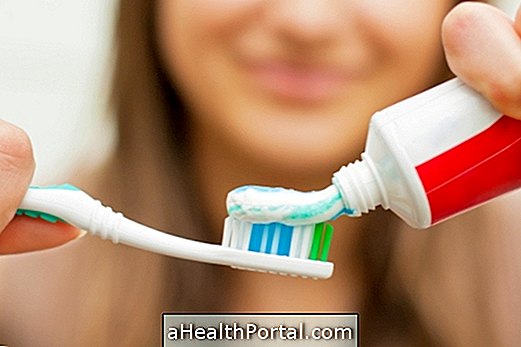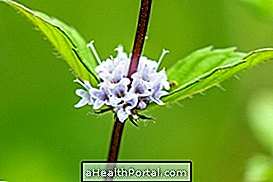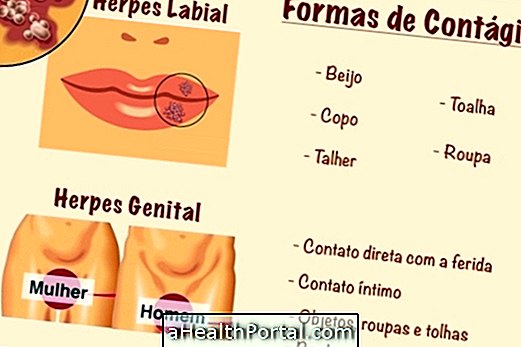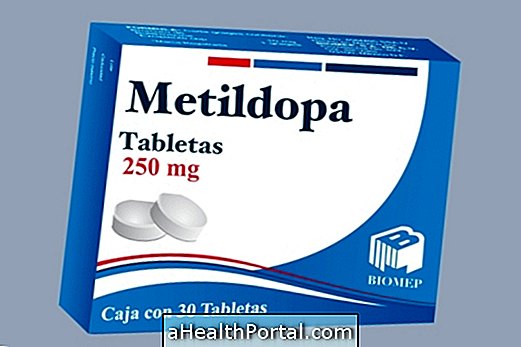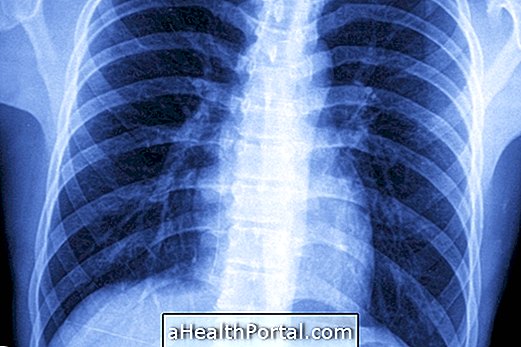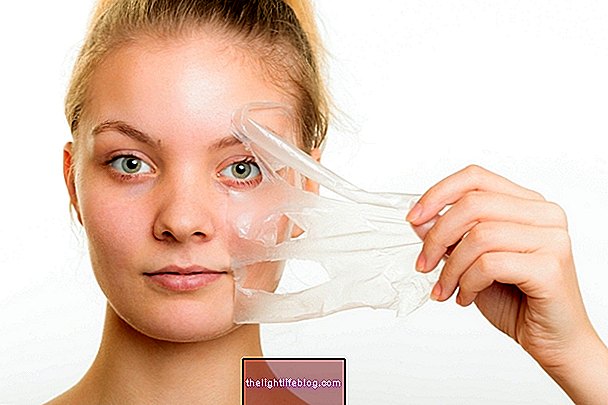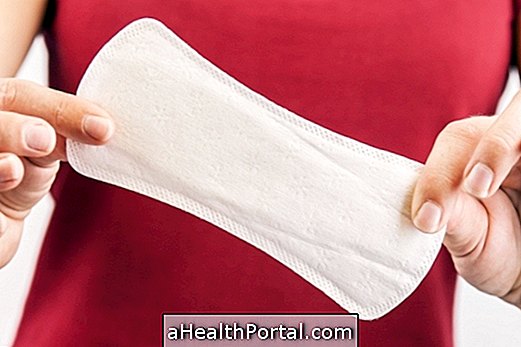The flexible diet is based on the knowledge of foods and macronutrients, which are broken down into carbohydrates, proteins and fats. Knowing which group belongs to each food helps to make choices and balance calories throughout the day, making it possible to make changes such as not eating bread to eat chocolate, reducing dietary restrictions.
However, despite having greater freedom, the quality of food is still important, and it is not possible to base the diet on sweets and fried foods. That is, in the flexible diet have greater freedom to choose food, but it is also necessary to maintain the quality of the diet to be able to lose or maintain weight.
Foods rich in carbohydrates
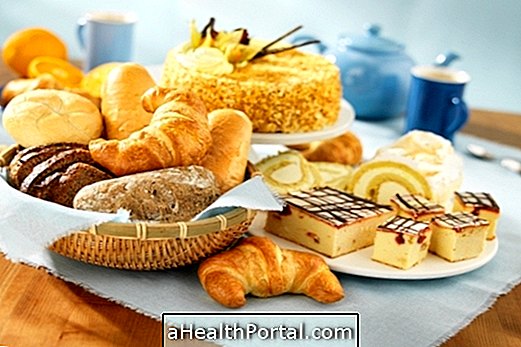
Foods rich in carbohydrates are those known as "pasta", including:
- Flours : wheat flour, rice flour, cornstarch, tapioca, couscous, sweet sprinkles and sour sprinkles;
- Bread, salty and cakes rich in pastas;
- Grains : rice, noodles, farofa, oats, corn;
- Tubers : potato, sweet potato, cassava, yam;
- Sugar and sweets in general;
- Fruits, for having their natural sugar, except coconut and avocado;
- Sugary drinks such as juices, soft drinks, energy drinks and coconut water;
- Beer .
In addition, grains such as beans, soybeans, lentils, chickpeas and peas are also included in this group, but have a lower carbohydrate content than the masses in general and that of rice. See the amount of calories and carbohydrates in food.
Foods rich in Proteins
Foods rich in protein are:
- Meat, chicken and fish;
- Eggs;
- Cheeses;
- Milk and natural yogurt.
Although they are also known as proteins, processed meats such as sausage, sausage, ham, turkey breast and salami are not considered healthy and should not be included frequently in food. See the amount of protein in food.

Foods high in fat
Foods high in healthy fats are:
- Oils, it being important to increase consumption especially of extra virgin olive oil, coconut oil and sunflower oil;
- Butter ;
- Oilseeds such as nuts, almonds, peanuts and nuts;
- Seeds such as chia, flaxseed, sesame and sunflower seed;
- Coconut and avocado .
In addition, foods like salmon, sardines, tuna, milk and cheeses are also high in fat and can be consumed. On the other hand, it is important to remember that fried foods should be avoided, but they can be consumed as an exception to the general routine of the flexible diet. Know which foods have good fats and which ones have bad fats.

How to make food exchanges in the Flexible Diet
To make changes in the flexible diet, in addition to knowing the food groups, it is also important to know their calories. This is because the exchanges should preferably be made within the same group and with the same calories, for example:
- 2 slices of whole grain bread = 5 tablespoons of rice;
- 2 tablespoons of rice = 1 fork of white noodles;
- 1 glass of milk = 1 yoghurt = 1 slice of cheese;
- 10 cashew nuts = 3 tablespoons avocado;
- 1 egg = 1 slice of cheese;
- 1 egg = 3 tablespoons chicken;
- 3 tablespoons chicken = 2 tablespoons ground beef;
- 1 tablespoon olive oil = 1.5 tablespoons grated coconut;
- 1 fruit = 1 slice of whole wheat bread;
- 3 tablespoons of tapioca gum = 1 carioquinha bread.
It is important to remember that food should be based on vegetables, fruits, whole foods and good fats, and it is possible to include sweets, cakes and fries from time to time as an exception to the main routine and in substitution of other foods for a calorie balance total.
To find out how many calories you need to consume per day, put your data in the calculator below:


